
For years, the rule was simple: real estate values always go up. But in 2025, that belief is cracking. Zillow predicts a 1.4% nationwide drop in home values by year’s end—a rare decline not seen in over a decade. And while that dip may sound small, the real story lies beneath.
Certain home types are losing value much faster, thanks to rising climate risks, outdated designs, oversupply, or changing buyer habits. From flood-prone properties to luxury condos in sluggish urban markets, these homes are struggling to keep up. As preferences shift, some once-coveted homes are becoming harder to sell, and harder to price.
Here’s a look at 10 kinds of properties that experts say are headed for real trouble.
#1: Beachfront Homes
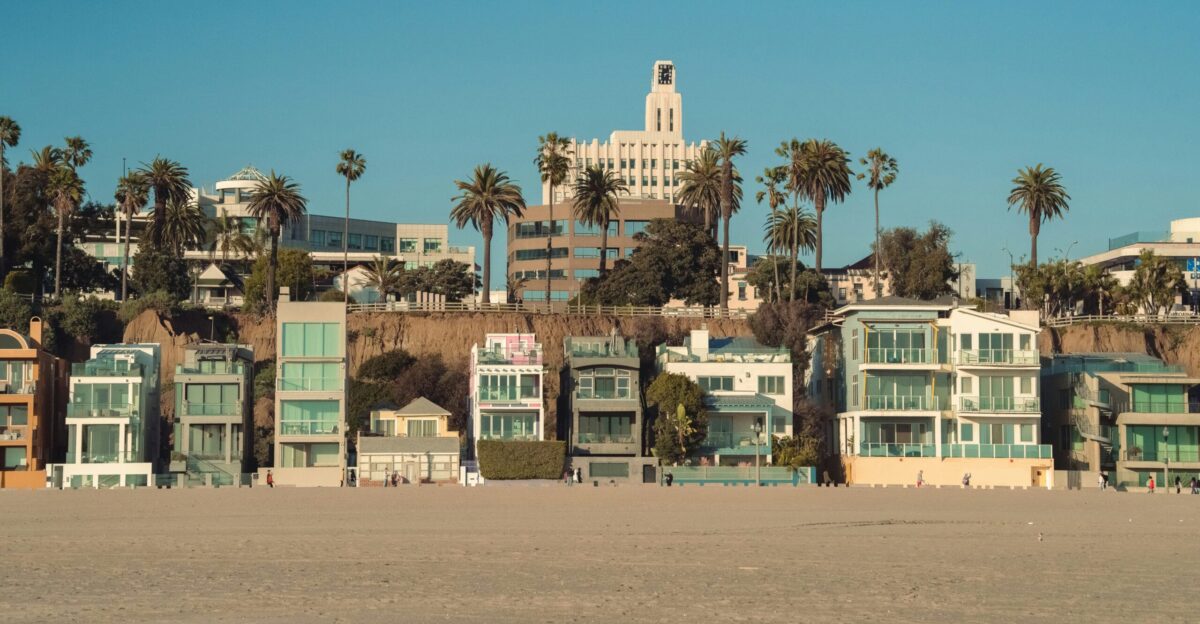
Once prized as symbols of luxury and seaside escape, many coastal homes now come with serious financial baggage. FEMA’s Risk Rating 2.0 has replaced outdated zone-based methods, instead calculating flood insurance premiums based on each property’s specific risk. For many homeowners, this shift has brought steep and unexpected cost increases.
While the national average is around $800–$900 a year, high-risk coastal properties, especially in Florida, Louisiana, New Jersey, and New York, often face premiums between $1,000 and $5,000 annually. Luxury beachfront homes can top $10,000. As sea levels rise and storms intensify, rising insurance costs are cooling demand and pressuring coastal property values.
#2: Big, Flashy Mansions

Mega-sized homes, typically ranging from 3,000 to 6,000 square feet, are still common across U.S. suburbs. While some suggest these homes are falling out of favor, current data doesn’t back claims of sharp price drops or mass rejection.
Younger buyers may lean toward energy efficiency and smaller footprints, but demand for large homes remains steady, fueled by limited new construction and lifestyle shifts since the pandemic. Reports of dramatic declines, like an 80% drop in Miami, lack credible, up-to-date evidence. However, homes that are outdated or inefficient often take longer to sell and may not command the same price as newer, upgraded listings.
#3: City Condos & Apartments

Condos and city apartments are facing tough times. In many U.S. metro areas, sellers now outnumber buyers by about 80%, according to Redfin. After years of heavy construction, demand hasn’t kept up, pushing rental vacancy rates to their highest level since 2021, 8.2% nationally in early 2025.
Remote and hybrid work continues to pull people away from urban centers, shrinking the buyer pool. Many prefer more space and privacy in the suburbs. As a result, median condo prices dropped 2–2.2% year-over-year, the steepest decline in over ten years. If oversupply and vacancies persist, prices may fall further.
#4: Luxury Real Estate

Even luxury real estate is feeling the squeeze. Redfin reports that U.S. luxury home sales dropped 9.9% year-over-year in April, the lowest April level since 2014. Yet, despite slower sales, the median luxury home price rose 6.5% to about $1.35 million, showing that prices nationwide haven’t crashed.
Economic uncertainty, stock market swings, and global shifts have some wealthy buyers waiting on the sidelines, cooling demand. Claims of steep luxury price drops, like 12% in San Francisco or Seattle, aren’t backed by credible data. In fact, San Francisco saw only a 2.2% dip, while Seattle prices remain steady or slightly up.
#5: Outdated Suburban Homes
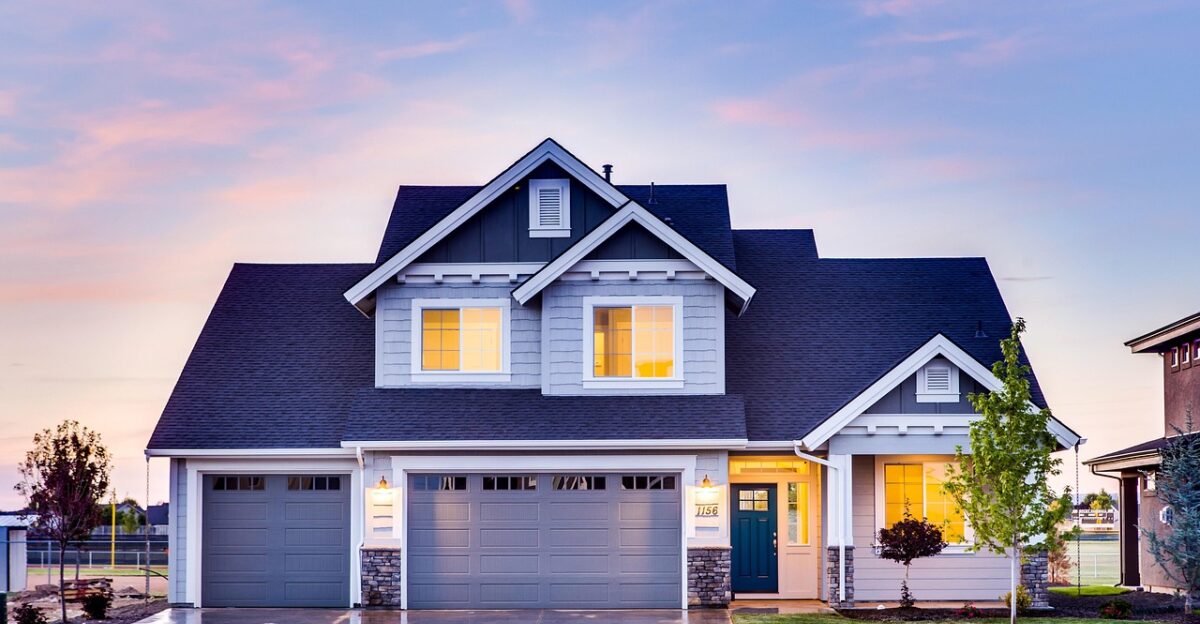
Suburban homes built from 1990 to 2010 are facing new challenges as they age. Many need major updates, like new roofs, HVAC systems, better insulation, and energy-efficient upgrades, to meet modern buyer expectations. Renovation costs can range from $20,000 to over $80,000, depending on the work and location.
Research from Cambridge University shows homes with poor energy ratings sell for 6–10% less than efficient ones. U.S. studies reflect this, with energy-smart homes fetching 2–8% more. Buyers today want move-in ready, efficient homes, leaving outdated properties on the market longer with less interest.
#6: Vacation Homes
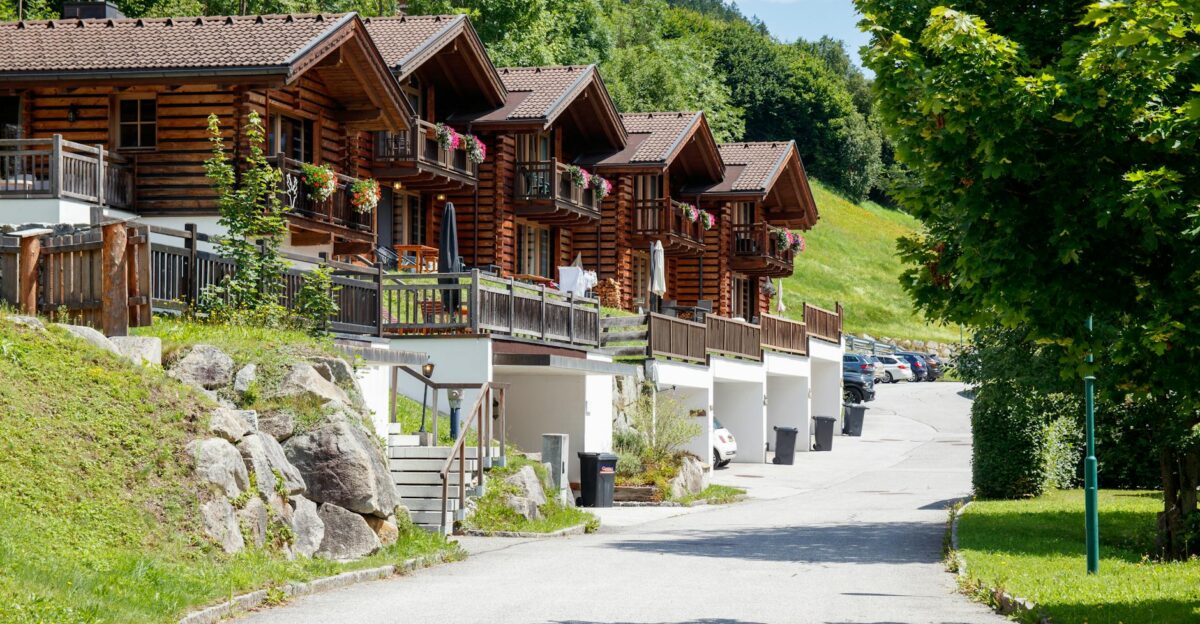
The vacation home boom has cooled sharply. Redfin and industry data show that U.S. mortgage applications for second homes have dropped 65% since 2021, hitting their lowest level since at least 2018.
In 2023, typical second homes were priced between $475,000 and $495,000, putting them out of reach for many buyers. High mortgage rates, less remote work flexibility, and declining rental income have all hurt demand. Listings in the $400,000 to $800,000 range, especially in resort and coastal areas, are staying on the market longer.
Short-term rental income has also dipped, with Airbnb occupancy falling to about 50% in 2025, making vacation homes feel more like costly luxuries than smart investments.
#7: Homes Near Crime Hotspots

Safety matters when it comes to real estate, and the data proves it. Research shows homes near crime hotspots or registered sex offenders consistently sell for less. A key Columbia Business School study found that properties within one-tenth of a mile of a registered sex offender sell for about 4% less on average, while those right next door can drop as much as 12%.
Violent crimes, like homicides, also lower nearby home values by 2–4% or more in the following years. Even the feeling of danger, from vandalism or negative news, can push prices down and keep buyers away. Recovery usually takes time and steady safety improvements.
#8: Homes in High-Unemployment Areas
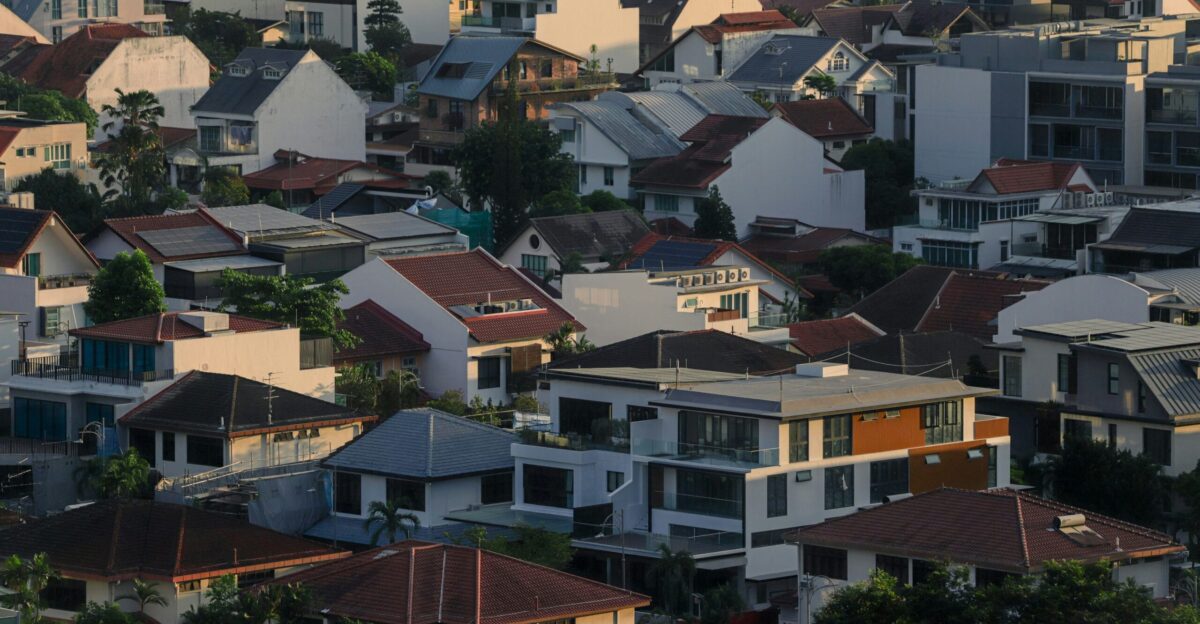
Remote work hasn’t erased the influence of local job markets. In areas with high unemployment, housing demand often weakens, fewer residents can afford to buy, leading to fewer offers, lower sale prices, and growing hesitation from both buyers and sellers. In these regions, property values tend to stagnate or fall, reflecting uncertainty in household finances and job prospects.
Real estate expert Brandon Beatty notes that “the uncertainty of the job market and the financial instability faced by many households further exacerbate the decline in the real estate market.” Unemployment remains a quiet but powerful force shaping local housing trends across the country.
#9: Energy-Inefficient Homes
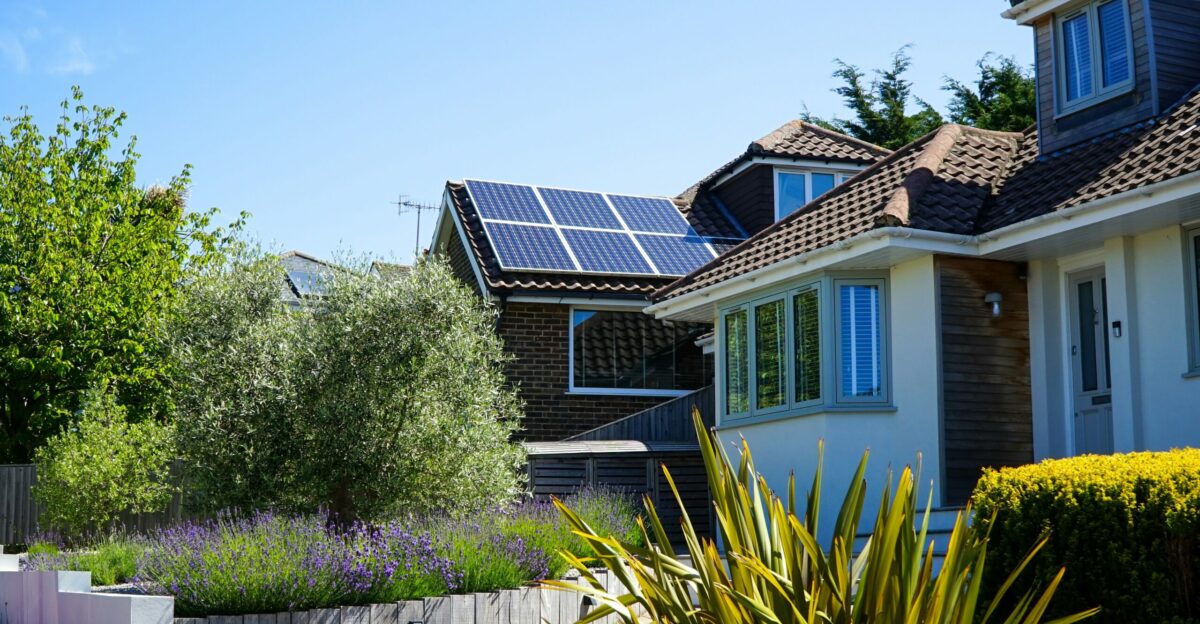
In 2025, homes without modern insulation, efficient HVAC systems, or ENERGY STAR-certified features are falling behind. These properties draw less interest, linger longer on the market, and sell for 2.7%–8% less than energy-efficient homes, with some areas seeing even steeper discounts.
Conversely, homes with green features, solar panels, smart windows, advanced systems, often earn 5%–14% price premiums. With rising energy costs, tighter regulations, and over 80% of buyers prioritizing efficiency, the gap is widening.
While not collapsing in value, inefficient homes are expected to underperform through year’s end as buyers increasingly demand sustainability and long-term cost savings.
#10: Rural Properties
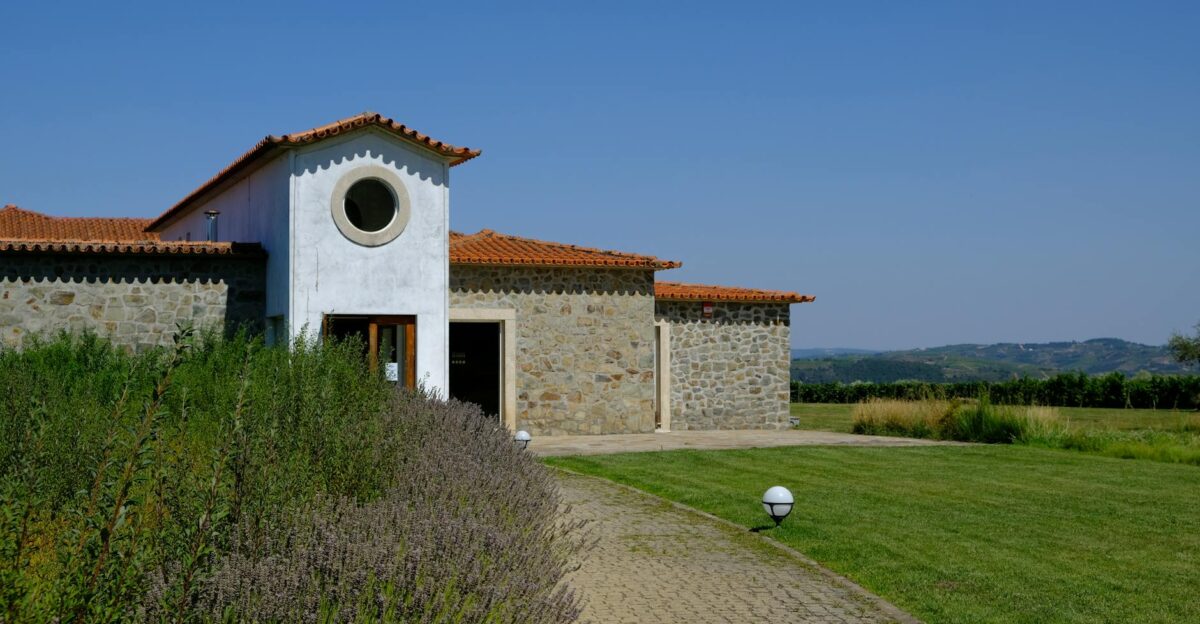
The pandemic-era rush to rural living has slowed sharply this year. During 2020–2021, remote work fueled up to 70% spikes in rural mortgage applications. But as hybrid work models take hold, buyers are shifting back to suburbs and well-connected communities.
Today, rural markets show weaker price growth and demand, especially where broadband or healthcare access is poor. Homes with high-speed internet, particularly fiber, still earn 2–5% premiums, underscoring broadband’s growing role in home value.
That said, sharp declines are limited to isolated regions. Most rural areas remain stable or modestly growing, with resilience tied closely to connectivity and essential services.
